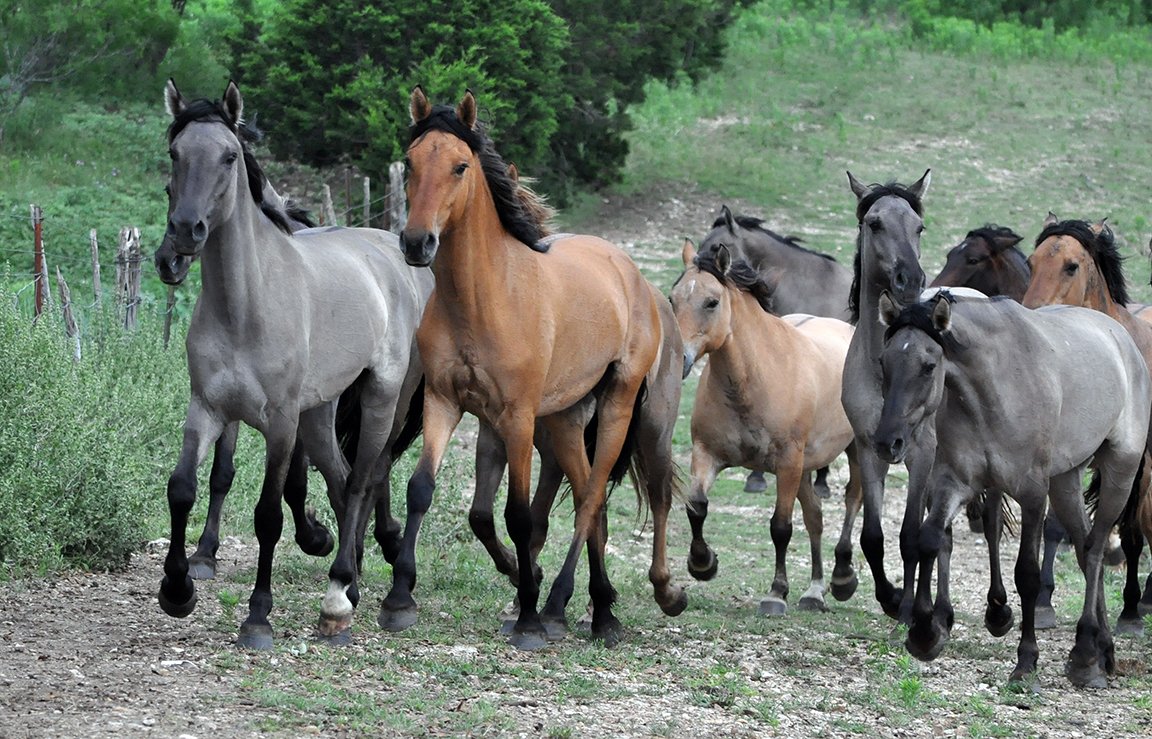You’ve seen them in movies, wild and free, galloping across vast plains with their manes flowing in the wind. But what happens when you bring one of these incredible creatures home? Owning a mustang isn’t like owning your typical barn horse – these are animals with wild hearts that beat with centuries of untamed spirit. The journey from adoption to partnership is one filled with surprises, challenges, and ultimately, some of the most rewarding moments you’ll ever experience with a horse.
Understanding Their Wild Heritage and Background
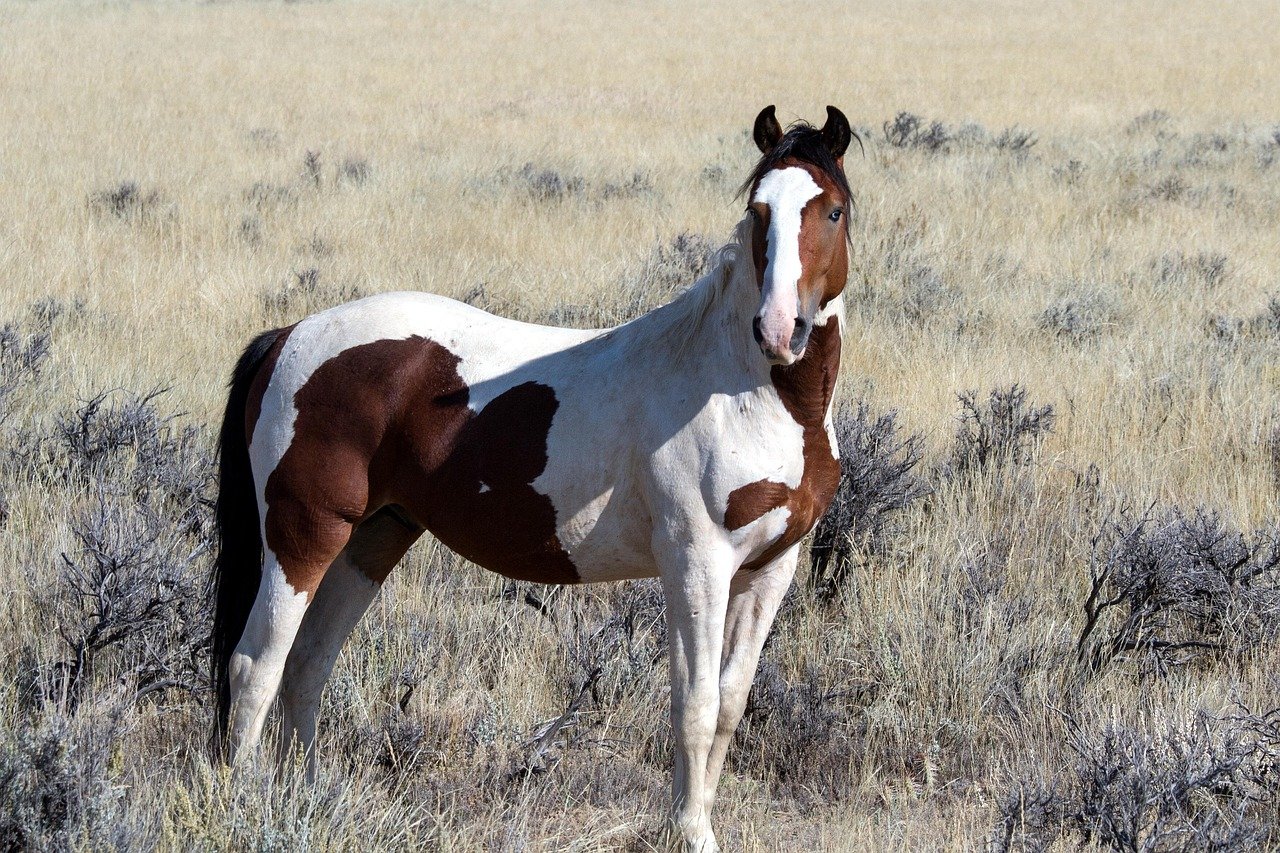
Mustangs are free-roaming horses of the Western United States, descended from horses brought to the Americas by Spanish conquistadors, and because they are descended from once-domesticated animals, they are actually feral horses. The original mustangs were Colonial Spanish horses, but many other breeds and types contributed to the modern mustang, resulting in varying phenotypes. This means your mustang carries both the intelligence of domesticated breeds and the survival instincts honed over generations in the wild.
Unlike horses born in captivity, your mustang has likely lived their entire life making split-second survival decisions. They’ve learned to find water in drought conditions, escape predators, and navigate treacherous terrain. Because they have evolved in the wild, they are often more self-reliant and intelligent than other horses, making them a unique challenge for trainers. This background shapes every interaction they’ll have with you, from their first cautious approach to their eventual trust.
The Legal Adoption Process and Documentation
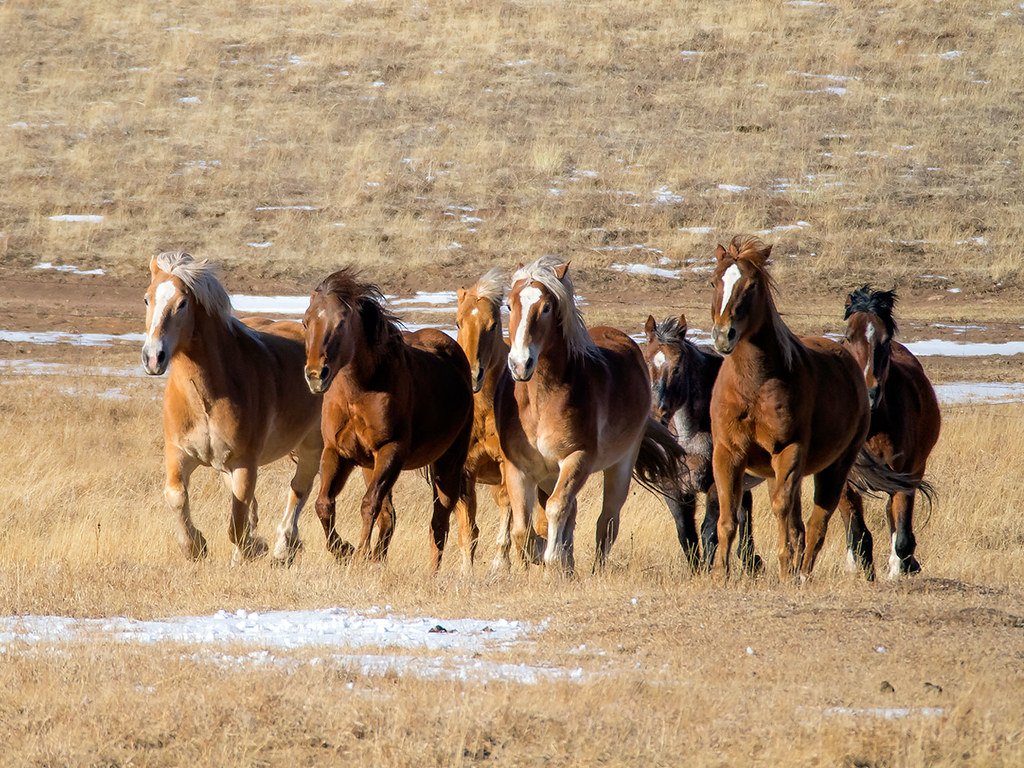
In the case of an adopted animal, a wild horse belongs to the federal government until the BLM issues you a Certificate of Title. After you have had the adopted animal for one year, the BLM will send you a Title Eligibility Letter. Once you sign and return the Title Eligibility Letter, the BLM will mail the Certificate of Title to you. After you receive the Certificate of Title, the animal becomes your private property.
The adoption process involves more than just picking out your favorite horse. You must provide a facility with access to feed, water, and shelter. Facility refers to an enclosed area such as: corral, barn, stall, etc. The BLM takes this seriously and may conduct site inspections to ensure your facilities meet their standards. The waiting period isn’t just bureaucratic red tape – it’s designed to protect these animals from impulse decisions and ensure they’re going to committed homes.
Facility Requirements and Safe Housing
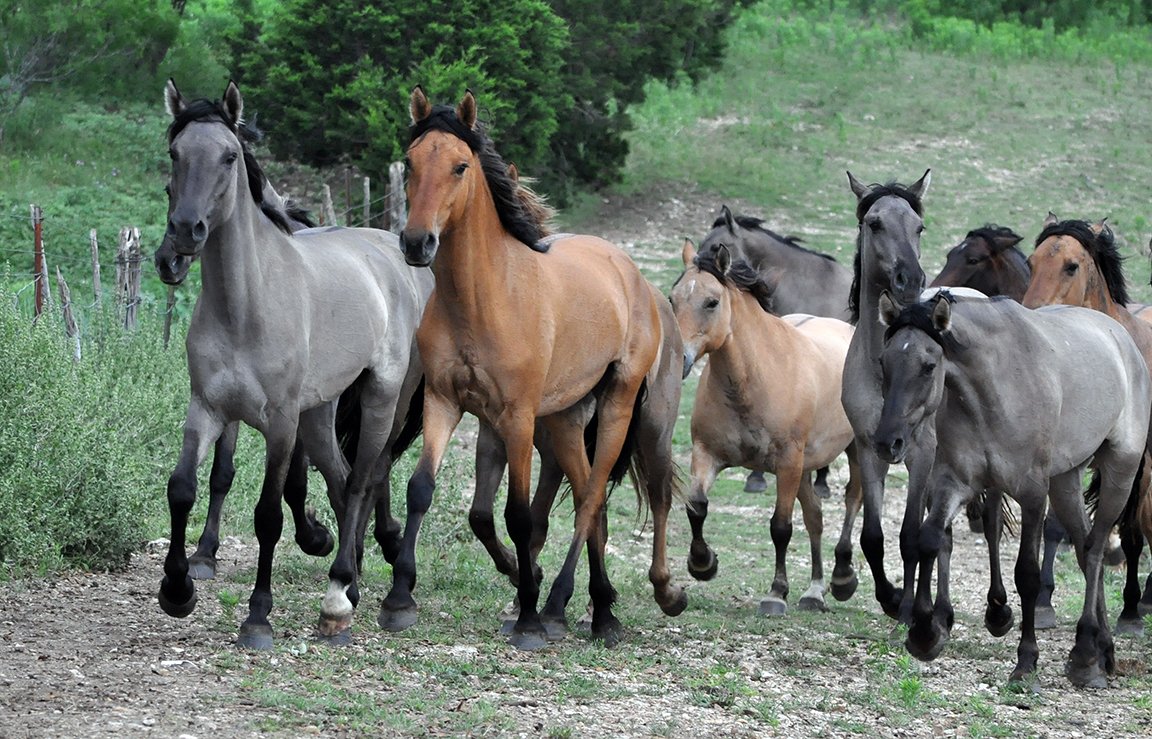
The applicant for wild horse adoption must have a facility that is: Minimum of 400 square feet of corral space per animal, i.e. 20′ X 20′, made of: pipe panels, wood post, planks (min. 1.5″ thick), horse fence (V Mesh or 2″ X 4″ square – woven wire not welded wire) 5′ high for yearling or gentled horse of any age, 6′ high for an un-gentled horse two years or older. These requirements might seem excessive, but they’re based on years of experience with horses who can jump, climb, or crash through inadequate fencing when panicked.
You should not release an ungentled animal into a large open area, such as a pasture, as you may not be able to recapture the animal for training or to provide veterinary care. However, once the animal is gentled, you may release it into a pasture or similar area. Your mustang’s first few months will be spent in this secure facility while they learn to trust you. Think of it as their safe space to decompress from the trauma of capture and begin their journey toward domestication.
Training Challenges and Time Commitment
Annie MacDermaid, a top trainer with the Mustang Heritage Foundation’s Trainer Incentive Program, shares that “There is no substitute for time invested,” and “You will get back what you put in.” She suggests you plan to spend a minimum of one hour a day, five days a week, training your Mustang. This isn’t casual weekend riding – this is intensive, consistent work that builds trust one interaction at a time.
It’s important to commit to handling Mustangs daily or they will revert back to being a feral horse. Unlike domestic horses who might get rusty with inconsistent handling, mustangs can actually lose their training and return to wild behaviors. Training Mustang horses requires patience, understanding, and a gentle approach, but once they’re comfortable with you, they’re lovely companions. Older Mustang horses may be harder to train, so that’s something to bear in mind when you’re thinking about getting one. And to help reduce their stress, these horses might need to be housed separately from other horses until they get used to their new surroundings.
Specialized Training Methods and Approaches
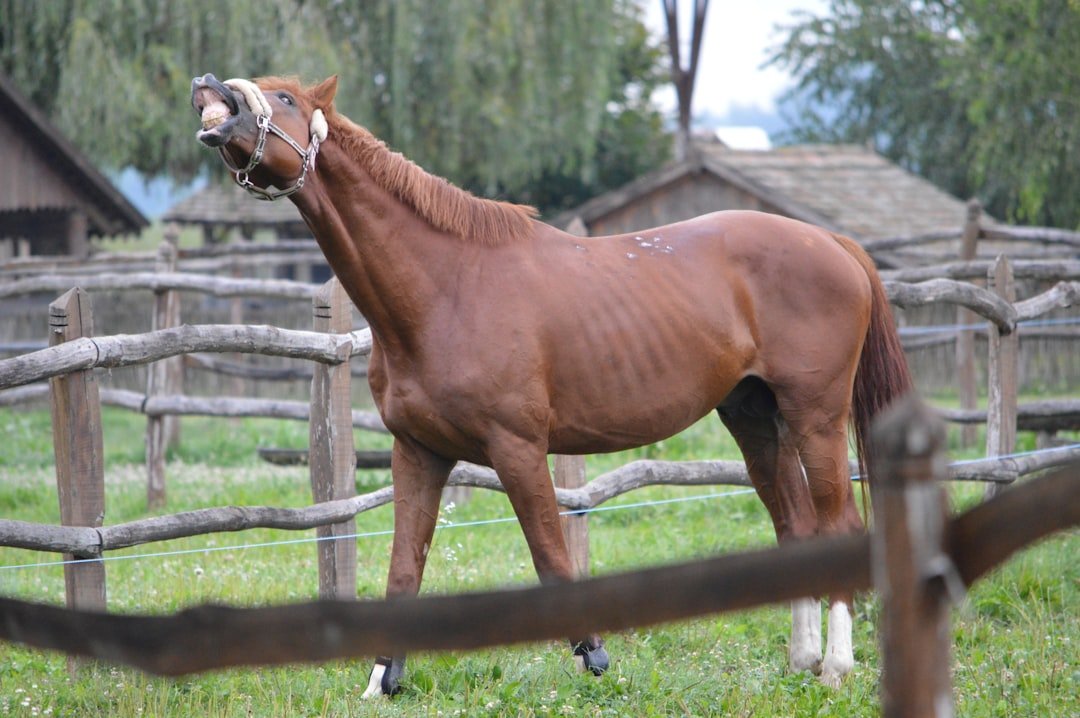
Mustang and donkey/burro training protocols are based in the theories of Applied Animal Behavior. During the second phase of training, the animal learns all the basic human interaction that is needed for basic horse-keeping. They teach using a mixture of positive and negative reinforcement during the basic skill training because in the future of these animals, adopters are most likely to use pressure/release methods to work with their mustangs.
The training approach for mustangs requires a complete mindset shift from traditional horse training. “Slow is fast, fast is slow” has been the mantra since gentling the very first mustang. You learn to go slow to get results fast. You learn how to read horses, honor what is called their thresholds (defined as the horse’s physical, mental, or emotional boundary; crossing the threshold causes the horse to go into one of the three reactions: fight, flight, or freeze.) And by doing so, could actually get very fast results. Many traditional horse training methods simply don’t work with mustangs, and pushing too hard too fast can undo weeks or months of progress.
Financial Investment Beyond Adoption Fees
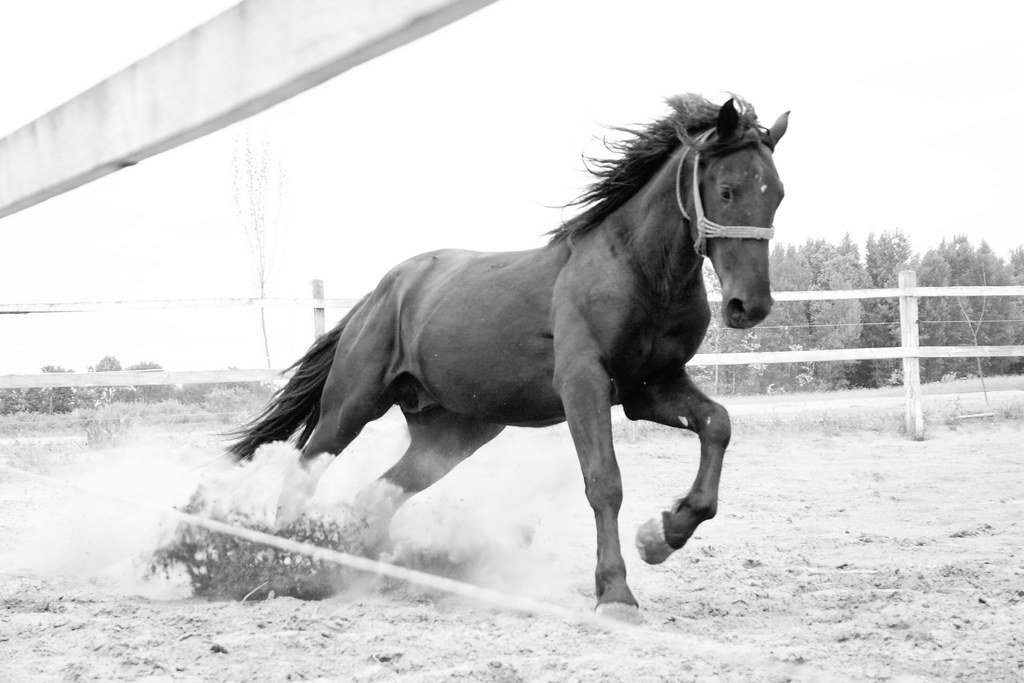
While the BLM adoption fees can be low, the true cost of ownership extends far beyond the initial payment. Mustangs transitioning from a wild to a domestic life require consistent training, proper housing, and routine veterinary care, expenses that quickly add up. Organizations like Montgomery Creek Ranch have reported investing around $6,675 per horse in a year-long training program.
The costliest aspect of Mustang ownership often lies in gentling and training. While some owners do much of the handling themselves, others turn to professionals: Initial Gentling $500–$1,500/month: Addresses groundwork, trust-building, and basic commands. Advanced Training $1,000–$3,000/month: Prepares horses for competition, trail, or specialized disciplines. Beyond training, you’ll face ongoing costs for veterinary care, farrier work, feed, and facility maintenance. Routine Vet Care $300–$600/year: Covers standard vaccinations, dental work, and basic health checks. Farrier Work $40–$120/trim: Hoof trims every 6–8 weeks maintain soundness; Mustangs often do well barefoot due to their naturally strong hooves. Emergency Vet Visits $500–$2,000: Costs can escalate quickly if your Mustang suffers colic, injury, or another serious condition. Having a financial buffer or insurance is advisable.
Health and Veterinary Care Considerations
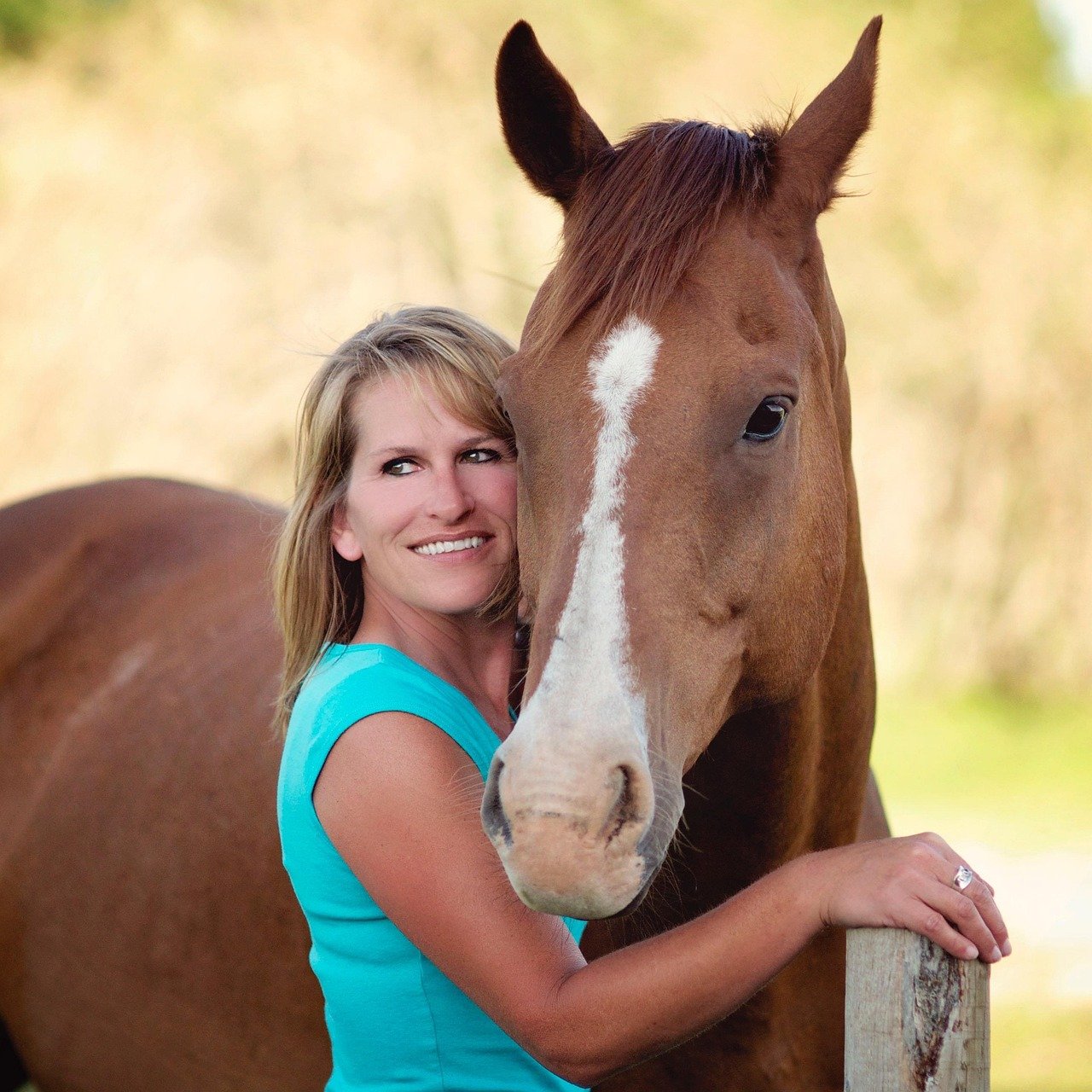
Mustangs are generally hardy, with strong hooves and minimal health concerns. However, domesticated mustangs may need additional care to transition from wild to stable life. Behavioral challenges, such as wariness and reactiveness, are common in newly adopted mustangs and require patient training. The irony is that while mustangs are incredibly hardy animals, their transition to domestic life can create unique health challenges.
Domestic horses are born in an environment where they interact with people right away, so they’re accustomed to having their hooves handled and cleaned. But wild Mustangs need to be trained to be comfortable with this. Once they’re OK with you lifting, examining, and cleaning their hooves, do so daily to look for signs of problems like infections and injuries. Basic veterinary care that’s routine for other horses becomes a training challenge with mustangs. Simple procedures like vaccinations or dental work may require sedation initially, adding to your veterinary costs. The administration of vaccines and dewormers as well as hoof-trimming for excess wild horses and burros has been a long-standing practice within the Wild Horses and Burro Program and is a basic health care standard operating procedure. EIA testing is required for interstate transportation by state laws. Humane, long-term care of wild horses and burros require periodic evaluation of their condition by qualified BLM personnel, in consultation with a veterinarian in some cases.
Physical Characteristics and Capabilities
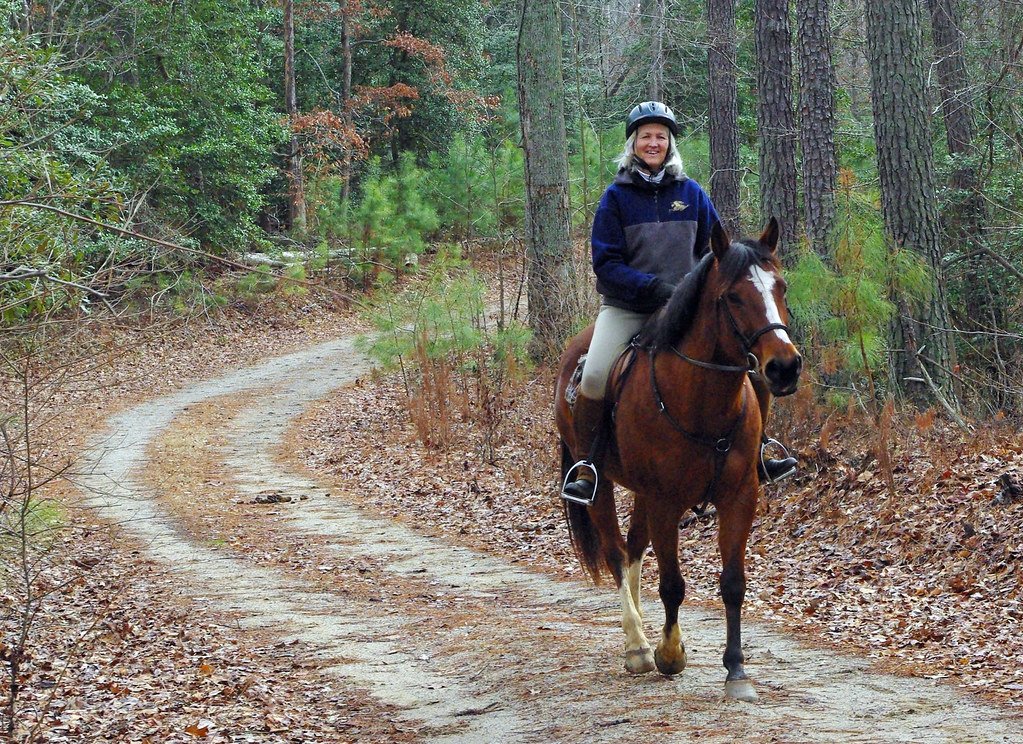
Mustangs are typically smaller horses, standing between 14 and 15 hands high and weighing around 800 pounds. Their ability to navigate rough terrain with ease sets them apart from many domesticated breeds and makes them highly valued by trail riders. Don’t let their size fool you – these horses are incredibly athletic and capable.
These extraordinary horses are recognized for their remarkable speed, with some able to reach speeds of 25 to 35 miles per hour, demonstrating their innate athleticism and quick responsiveness. Mustangs display a wide variety of coat colors, including bay, chestnut, black, gray, roan, pinto, and palomino. Some mustangs also feature stripes, patches, or spots. Their diverse appearance is a result of their mixed ancestry from various horse breeds and can result in some stunning combinations. Mustangs are known for their hardiness and surefootedness, making them excellent working horses and trail companions. Their compact, efficient build means they can carry their weight over long distances and handle challenging terrain that would challenge larger horses.
Behavioral Traits and Temperament

When they learn you are trustworthy, mustangs can be kind, gentle, willing, resilient, forgiving, intelligent, and versatile. The moment when you fully feel them starting to trust you is amazing. Once they do, they are all heart, dedication and try. There is no other connection like one with a mustang. They’re a partner for life and able to adapt to almost any job. Once they trust you, you have a bond forever. This bond isn’t given lightly – it’s earned through consistency, patience, and respect.
Mustangs operate on a different emotional wavelength than domestic horses. They are like no other horse – personality plus, intuitive, intelligent, versatile. “I’ve been around TB (Thoroughbreds) and QH (Quarter horses) all my life – the heart of a mustang is like no other. I wouldn’t trade mine for the world!” They read your intentions with uncanny accuracy and respond to your emotional state. If you’re frustrated, nervous, or impatient, they’ll pick up on it immediately. But when you approach them with calm confidence and respect, they’ll often surprise you with their willingness to try.
Grooming and Daily Care Requirements
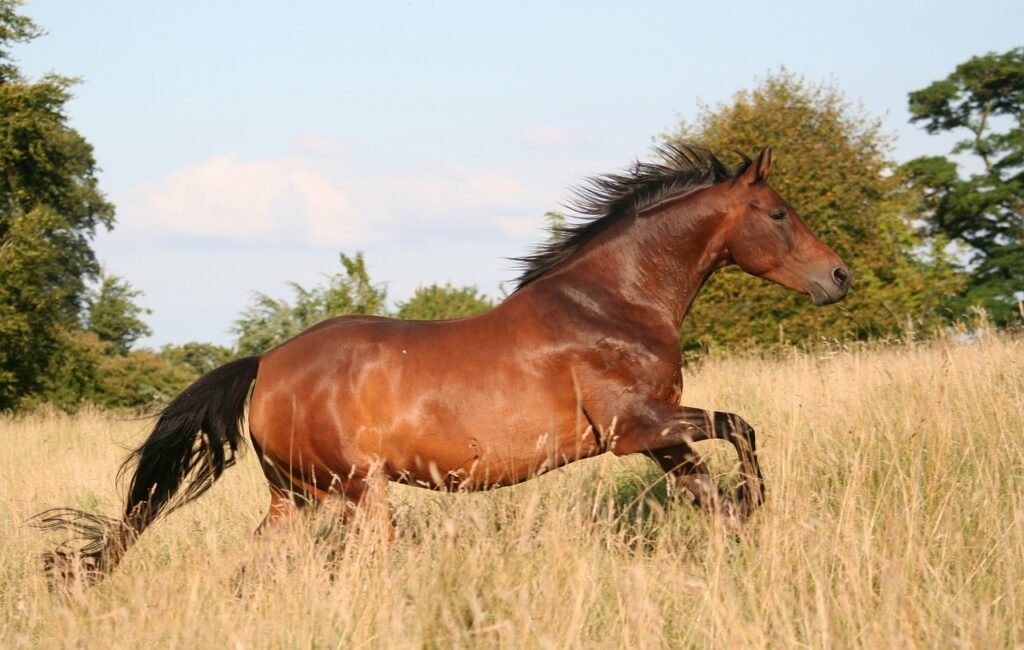
The Mustang is not a complicated horse when it comes to grooming. A basic equine grooming routine will be enough to keep them looking healthy and clean. Brushing your Mustang at least a few times a week will keep their coat smooth and shiny, and you can bathe your horse as needed. The right grooming products will make it easy to thoroughly clean their coat, as these items are designed to efficiently remove loose hair, dirt, and debris.
However, the challenge isn’t the grooming itself – it’s getting your mustang to accept the grooming process. Each touch, each brush stroke, is a trust-building exercise. Just like other horse breeds, Mustangs benefit from regular grooming to maintain coat health and remove dirt and debris. Since they have naturally strong hooves, they require routine hoof care but often need fewer interventions than other breeds. Establishing a consistent care routine is essential for building trust with an adopted Mustang and can go a long way in helping to curb some behavioral issues. What takes five minutes with a domestic horse might take thirty minutes with a newly adopted mustang, as you work slowly and patiently to build their confidence.
Conclusion
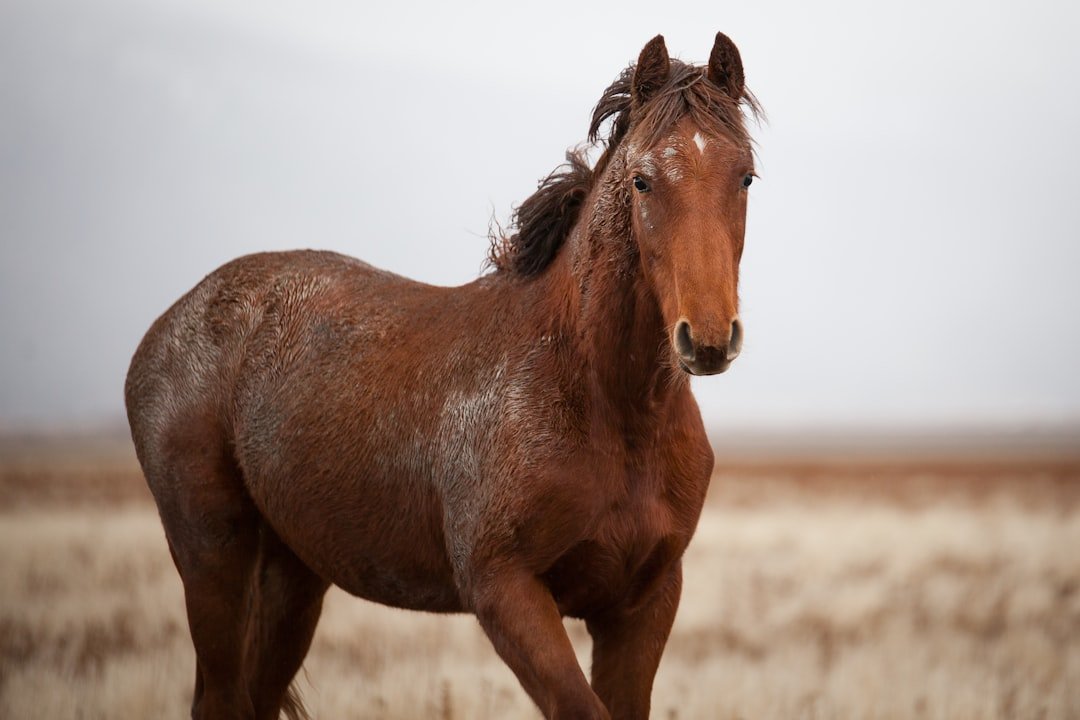
Owning a mustang horse is like holding a piece of American wilderness in your hands – it’s beautiful, powerful, and comes with enormous responsibility. These remarkable animals offer a partnership unlike any other, but they demand everything you can give in return: time, patience, money, consistency, and above all, respect for their wild heritage. The journey from adoption to true partnership isn’t measured in weeks or months, but often in years of dedicated work.
The rewards, however, are immeasurable. When that moment comes – and experienced mustang owners will tell you there’s always a moment – when your wild horse chooses to trust you completely, you’ll understand why people become so passionate about these incredible animals. It’s not just about owning a horse; it’s about earning the trust of a creature that once ran free across vast landscapes.
Before you take that step, ask yourself this: Are you ready to change your life for a horse that might just change your soul in return?

Andrew Alpin from India is the Brand Manager of Doggo digest. Andrew is an experienced content specialist and social media manager with a passion for writing. His forte includes health and wellness, Travel, Animals, and Nature. A nature nomad, Andrew is obsessed with mountains and loves high-altitude trekking. He has been on several Himalayan treks in India including the Everest Base Camp in Nepal.

